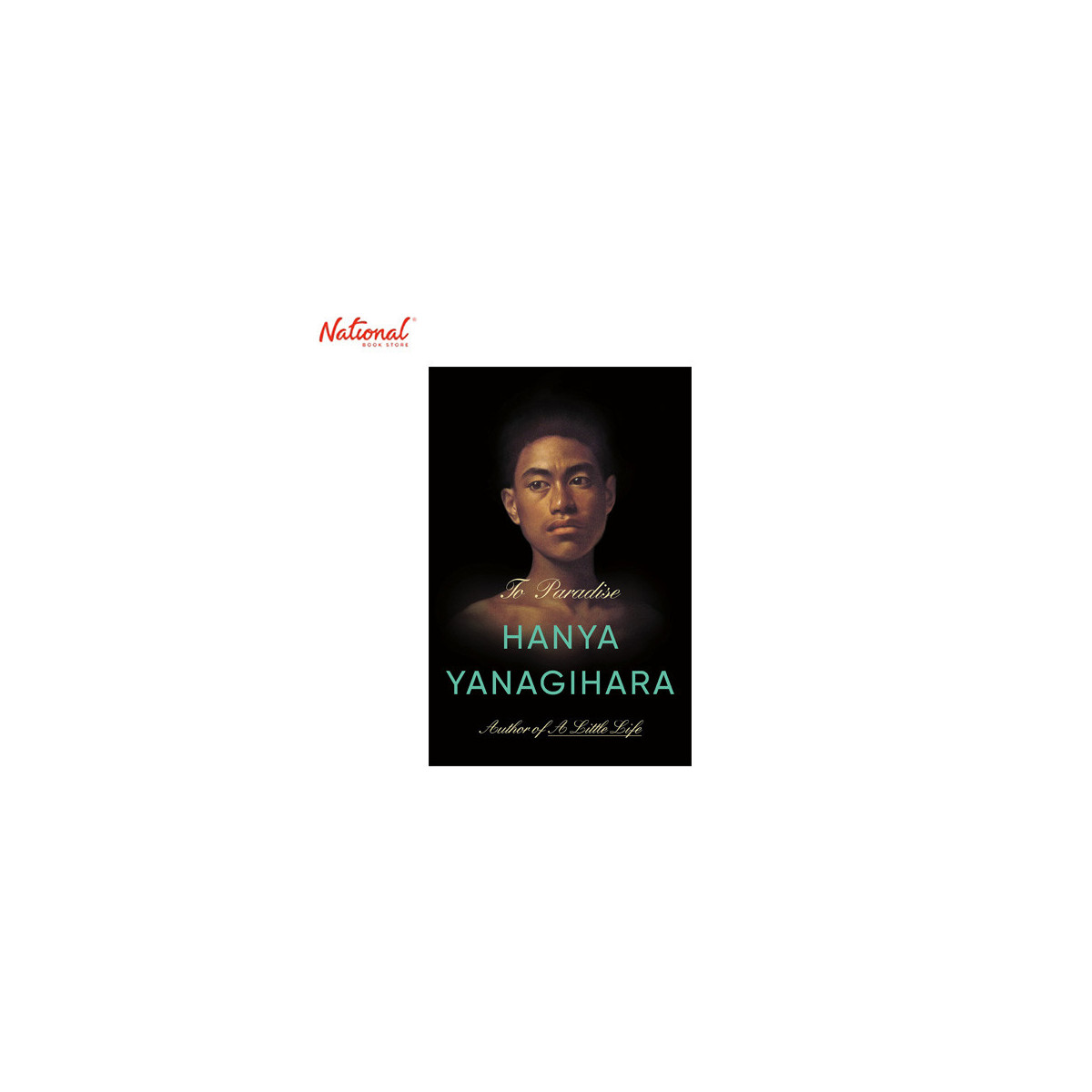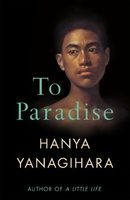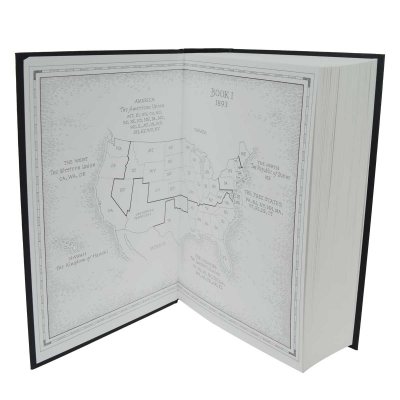


To Paradise, though its plots are too various and intricate to even begin to capture in summary, moves smoothly and quickly. Read: A Little Life: The great gay novel might be here These are, I promise, the barest possible bones of the trilogy. Charlie survived one pandemic as a child but lives with lasting neurological effects. “Zone Eight,” as it’s titled, unfolds from 2043 to 2094, again in Greenwich Village (now Zone Eight), and is narrated, alternately, by Charles, a Hawaiian-born virologist and influential adviser to the government, and Charlie, the daughter of Charles’s son, David. It is the 1990s, and AIDS is ravaging David and Charles’s world in New York, an erasure of a generation that is counterposed to David’s ambivalent denial of his homeland, his lineage, and his father-who narrates half the book.īook 3, which, at nearly 350 pages, constitutes almost half of the entire novel, tells the story of a United States that slides into a totalitarian dictatorship in response to recurrent pandemics and climate disasters. David is a descendant of the last monarch of Hawaii, whose legacy is defended by a Hawaiian-independence movement. David, the sickly grandson of the Bingham clan, falls in love with a poor musician named Edward, though his grandfather is attempting to arrange his marriage to a steady older man named Charles.īook 2,“Lipo-Wao-Nahele,” also follows a David Bingham, this time a young Hawaiian man living with his older lover, Charles, in the same house on Washington Square owned by the Binghams in the previous book. In the Free States, homosexuality and gay marriage are perfectly ordinary, but Black people are not welcomed as citizens-the Free States are white, and committed only to giving Black people safe passage to the North and the West.


There the prominent Bingham family runs the primary bank of the Free States, one of a patchwork of nations (including the southern Colonies, the Union, the West, and the North) sustaining an uneasy coexistence after the War of Rebellion. The first book, “Washington Square,” takes place in the early 1890s in a New York City that the reader quickly realizes is off-kilter. To Paradise, which is in fact three linked novels bound in a single volume, is constructed something like a soma cube, with plots that interlock but whose unifying logic and mechanisms are designed to baffle. W hile reading To Paradise, Hanya Yanagihara’s gigantic new novel, I felt the impulse a few times to put down the book and make a chart-the kind of thing you see TV detectives assemble on their living-room walls when they have a web of evidence but no clear theory of the case.


 0 kommentar(er)
0 kommentar(er)
